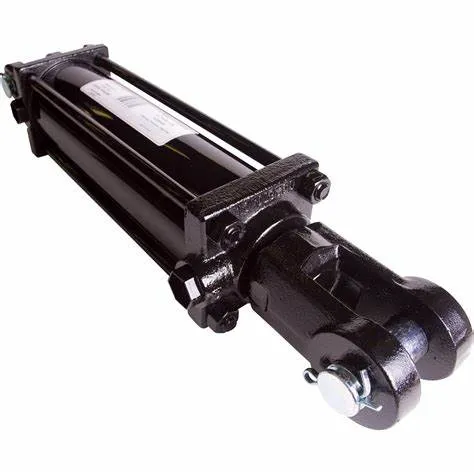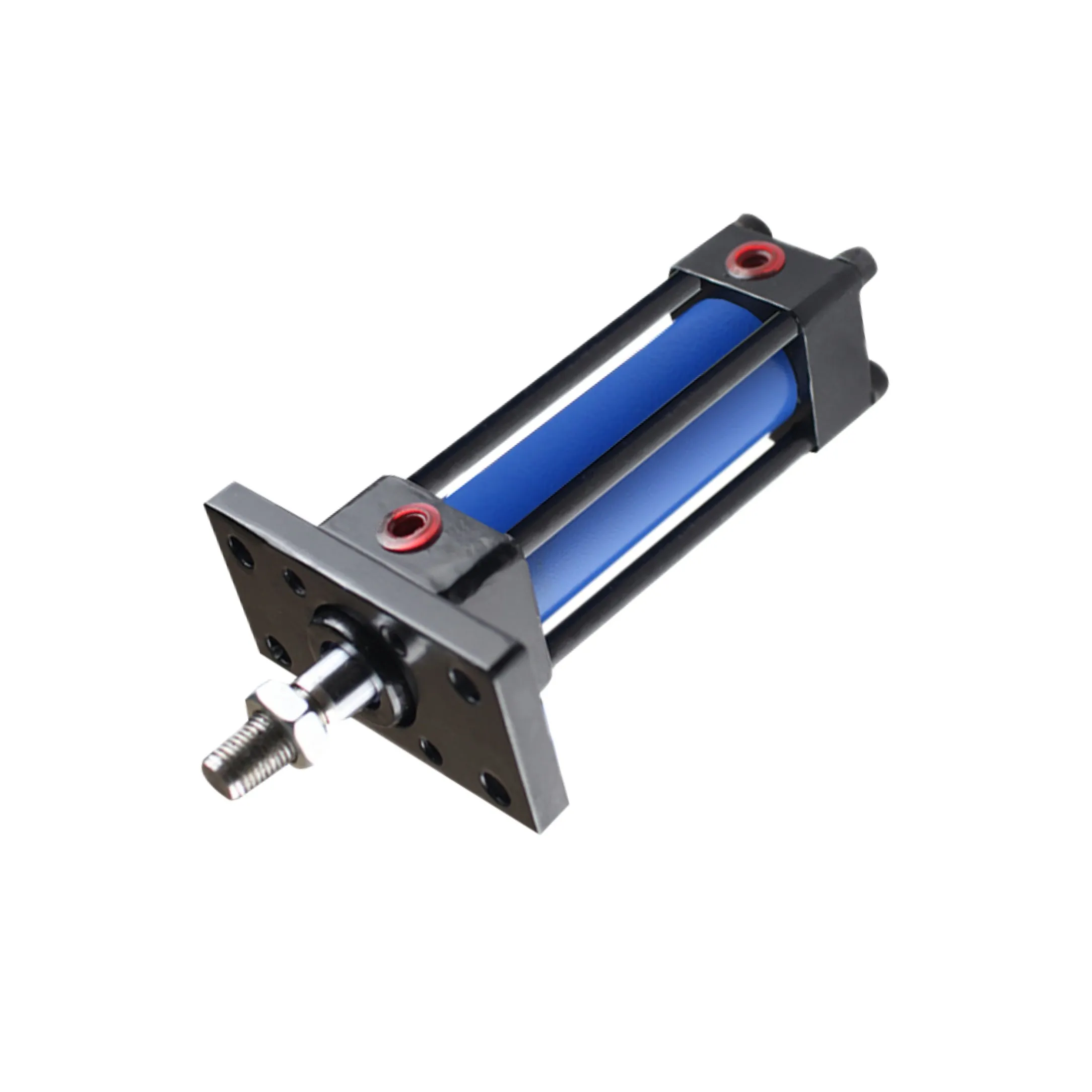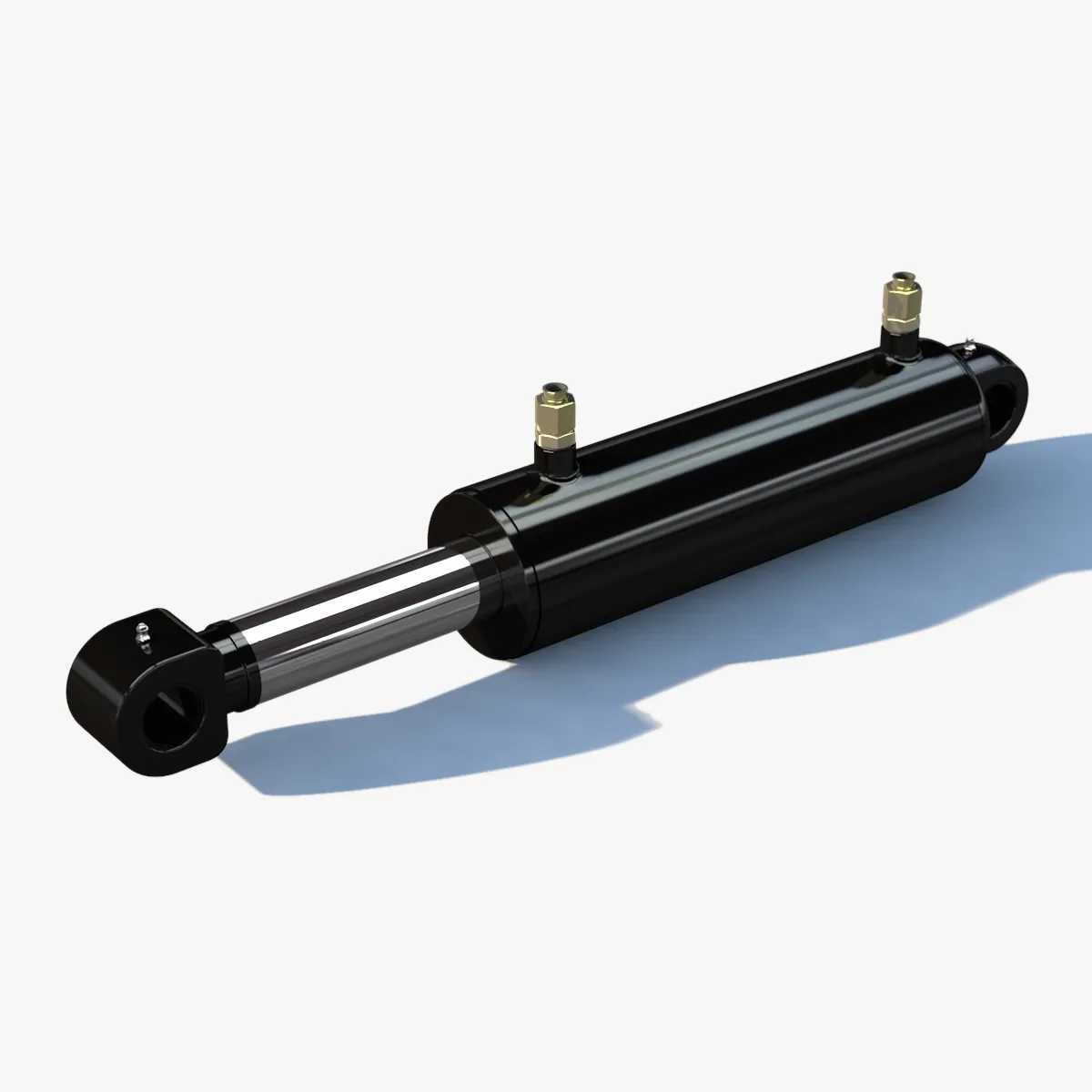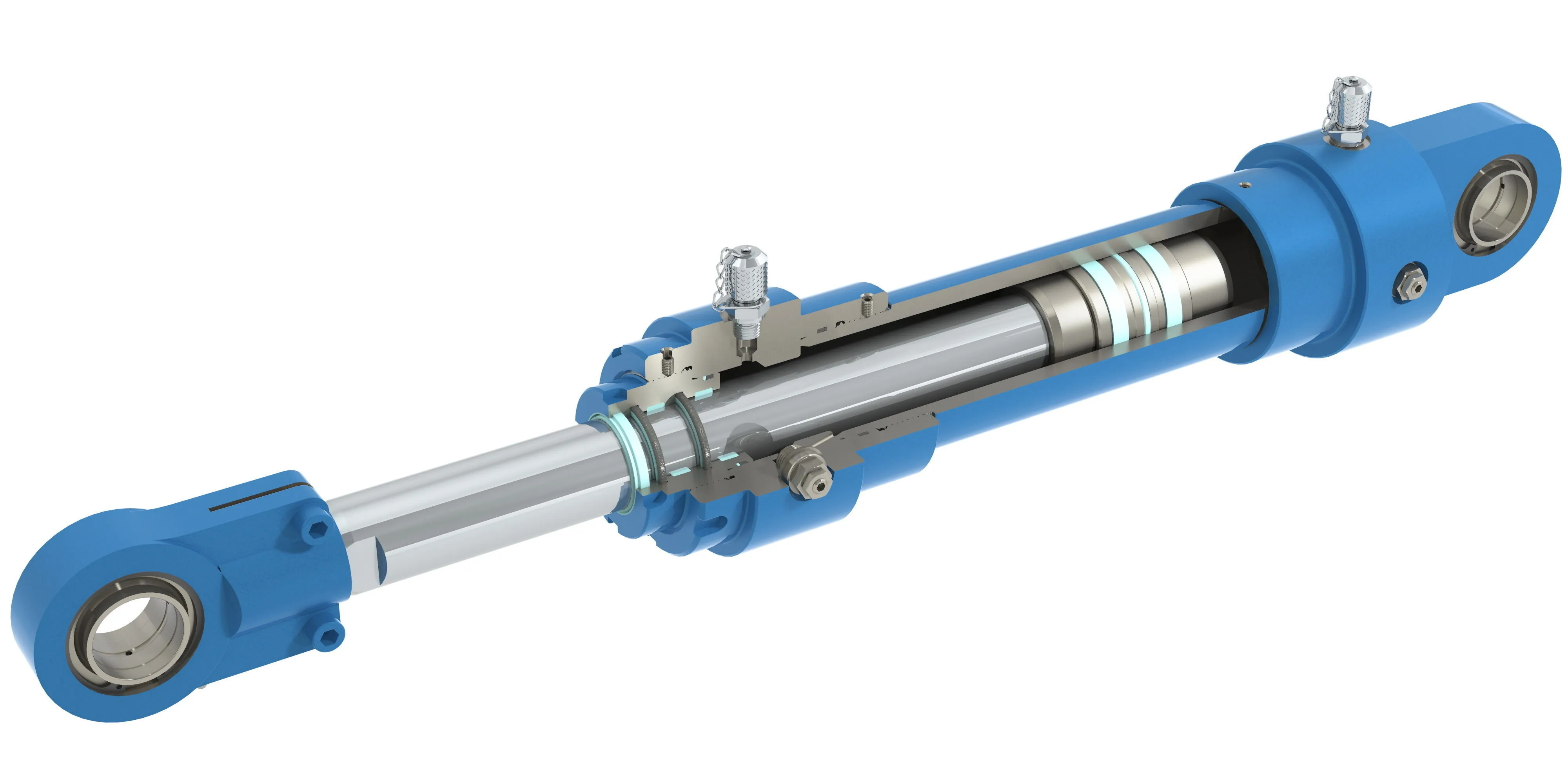Unlocking the Potential: Locking Single-Acting Hydraulic Cylinder For Industrial Machinery
Subtitle: Understanding the Key Words
The locking single-acting hydraulic cylinder is a specialized mechanism that operates under hydraulic pressure in one direction and features a locking function to prevent movement in the absence of pressure. Let’s delve into the design and construction characteristics of this essential component.
Locking Mechanism – Safety
The main highlight of the locking single-acting hydraulic cylinder is its safety-oriented locking mechanism, which ensures that the piston remains securely in place even when hydraulic pressure is lost, preventing accidental retractions. This mechanism can take the form of a mechanical lock or a hydraulic lock, offering versatility in application.
Variety
The design of the locking mechanism can be tailored to specific needs, incorporating spring-loaded locking devices, pin locks, or other mechanical lock variations. This customization ensures optimal performance in diverse industrial settings.
Compact Structure – Space Optimization
Locking single-acting hydraulic cylinders are engineered to be compact, making them ideal for use in space-constrained environments. Their versatility allows for seamless integration into various equipment and machinery, optimizing operational efficiency.
Precision Manufacturing – High-Precision Machining
The construction of locking single-acting hydraulic cylinders demands high precision in component machining to ensure impeccable fit and sealing performance, minimizing the risk of leakage. Stringent quality control measures are implemented throughout the production process to uphold component reliability.
Assembly Process – Specialized Assembly
Skilled technicians oversee the assembly process to guarantee accurate installation and calibration of individual components. Subsequent pressure testing ensures the hydraulic cylinder’s performance and tightness, validating its operational readiness.
Working Principle
The locking single-acting hydraulic cylinder operates by utilizing a single-acting mechanism, where hydraulic oil propels the piston outward without retracting under hydraulic pressure. The locking function, whether mechanical or hydraulic, prevents unintended piston movement, ensuring load stability even in pressure loss scenarios.
Types and Configurations
Three distinct types of locking single-acting hydraulic cylinders offer varied configurations to suit specific industrial requirements. Each type is meticulously designed to deliver optimal performance and reliability in diverse applications.
Type 1: Spring-Loaded Locking Mechanism
Spring-loaded locking devices provide enhanced security and stability, maintaining the piston position under varying loads and operating conditions. This configuration is well-suited for applications demanding precision and control.
Type 2: Pin Lock Mechanism
Pin locks offer a robust locking solution, ensuring the piston remains securely in place even in high-pressure environments. This configuration is commonly used in heavy-duty industrial settings requiring consistent performance.
Type 3: Hydraulic Lock Mechanism
Hydraulic locks maintain pressure within specific chambers, preventing piston retraction under load and enhancing operational safety. This configuration excels in applications where precise pressure control is essential for optimal performance.
Benefits
Enhanced Security
Locking mechanisms significantly reduce the risk of accidental retractions, enhancing operator safety and preventing potential hazards in industrial operations.
Reliability
Locking single-acting hydraulic cylinders are designed to operate effectively under high loads and adverse environmental conditions, ensuring consistent performance and operational reliability.
Simplicity
Easy to operate and maintain, locking single-acting hydraulic cylinders offer user-friendly functionality, making them a preferred choice for various industrial applications requiring precision and control.
Application Scenarios
Construction Equipment
Locking single-acting hydraulic cylinders are commonly utilized in cranes, hoists, and lifts to securely hold heavy objects in place during lifting and lowering operations, ensuring operational safety and stability.
Manufacturing
In manufacturing settings, these cylinders are essential for presses and machinery requiring precise pressure control for material forming processes, enhancing production efficiency and product quality.
Transportation
Stabilizers and jacks equipped with locking single-acting hydraulic cylinders are vital for securing vehicles during maintenance or transportation, minimizing risks and ensuring safe handling.
Aviation
In aviation applications, locking single-acting hydraulic cylinders play a crucial role in the landing gear system, providing reliable support and stability during takeoff and landing maneuvers, enhancing flight safety.
Design Considerations and Selection Criteria
Bearing Capacity
When selecting locking single-acting hydraulic cylinders, evaluating the bearing capacity is crucial to ensure optimal performance under varying loads and operating conditions.
Sealing
Effective sealing mechanisms are essential to prevent leakage and maintain hydraulic system integrity, enhancing overall operational efficiency and component longevity.
Durability

Durable construction materials and robust design features contribute to the longevity and reliability of locking single-acting hydraulic cylinders, ensuring sustained performance in demanding industrial environments.
Safety
Prioritizing safety considerations in cylinder design and selection is paramount to safeguard operators and equipment, minimizing risks and ensuring operational integrity.
Maintainability
Easy maintenance and servicing capabilities are essential for maximizing the operational lifespan of locking single-acting hydraulic cylinders, facilitating efficient repair and upkeep procedures.
Sealing and Lubrication
Proper sealing and lubrication are critical for the optimal performance and longevity of locking single-acting hydraulic cylinders. Utilizing high-quality seals such as piston seals and rod seals, along with regular lubrication maintenance, ensures smooth operation and extended service life.
Regular Inspection and Preventive Maintenance

Implementing regular inspection routines and preventive maintenance measures is essential for detecting potential issues early and ensuring the continuous performance of locking single-acting hydraulic cylinders. Timely maintenance can prevent costly downtime and enhance operational efficiency.
Installation Guide
Proper installation of locking single-acting hydraulic cylinders is vital for optimal performance and safety. Following manufacturer guidelines and utilizing appropriate mounting brackets to secure cylinders in place are crucial steps in ensuring reliable operation.
Maintenance Tasks
Regular inspection, proper lubrication, seal replacement, and calibration checks are key maintenance tasks to uphold the performance of locking single-acting hydraulic cylinders. Adhering to maintenance schedules and best practices can prolong cylinder lifespan and prevent operational issues.
Safety Considerations and Environmental Factors
Considering safety measures and environmental factors when using locking single-acting hydraulic cylinders is essential to ensure operational integrity and minimize risks. Adhering to safety protocols and environmental regulations safeguards personnel and equipment, promoting a safe working environment.
Fault Diagnosis and Common Problems

Identifying and addressing common faults and issues in locking single-acting hydraulic cylinders is crucial for maintaining operational efficiency. By diagnosing problems promptly and implementing effective solutions, downtime can be minimized, and performance optimized.
Unit Power and Optimization
Unit power plays a pivotal role in evaluating the performance of hydraulic systems, directly impacting efficiency, response speed, and operational capabilities. Factors such as cylinder diameter, stroke length, operating pressure, piston speed, and load conditions influence the unit power output of locking single-acting hydraulic cylinders.

Advantages of Optimizing Power Unit
Optimizing the power unit of locking single-acting hydraulic cylinders yields multiple benefits, including improved efficiency, energy savings, and enhanced reliability. Strategic power management enhances operational productivity and equipment longevity, reducing maintenance costs and downtime.
FAQs
How does the locking mechanism in a single-acting hydraulic cylinder work?
The locking mechanism in a single-acting hydraulic cylinder prevents piston retractions by securing the position of the piston when hydraulic pressure is lost, ensuring load stability and operator safety.
What are the main components of a locking single-acting hydraulic cylinder?
The main components of a locking single-acting hydraulic cylinder include the piston, cylinder barrel, locking mechanism, seals, and mounting brackets, each playing a critical role in its operation and functionality.
What advantages do locking single-acting hydraulic cylinders offer over standard single-acting cylinders?
Locking single-acting hydraulic cylinders provide enhanced safety features, reliability, and precision control compared to standard single-acting cylinders, making them ideal for applications requiring secure load handling and operational stability.
Long-Tail Keywords
1. “Customized Spring-Loaded Locking Mechanism for Hydraulic Cylinders”
2. “Advanced Pin Lock Technology for Industrial Hydraulic Systems”
3. “Hydraulic Lock Integration for Enhanced Operational Safety”
Our Company
We are a leading hydraulic cylinder replacement manufacturer, offering a comprehensive product line to meet diverse industrial needs. With a strong presence in domestic and international markets, we prioritize professionalism, international certifications, customized services, advanced production equipment, and exceptional after-sales support to deliver superior hydraulic solutions.
Author: lyl
